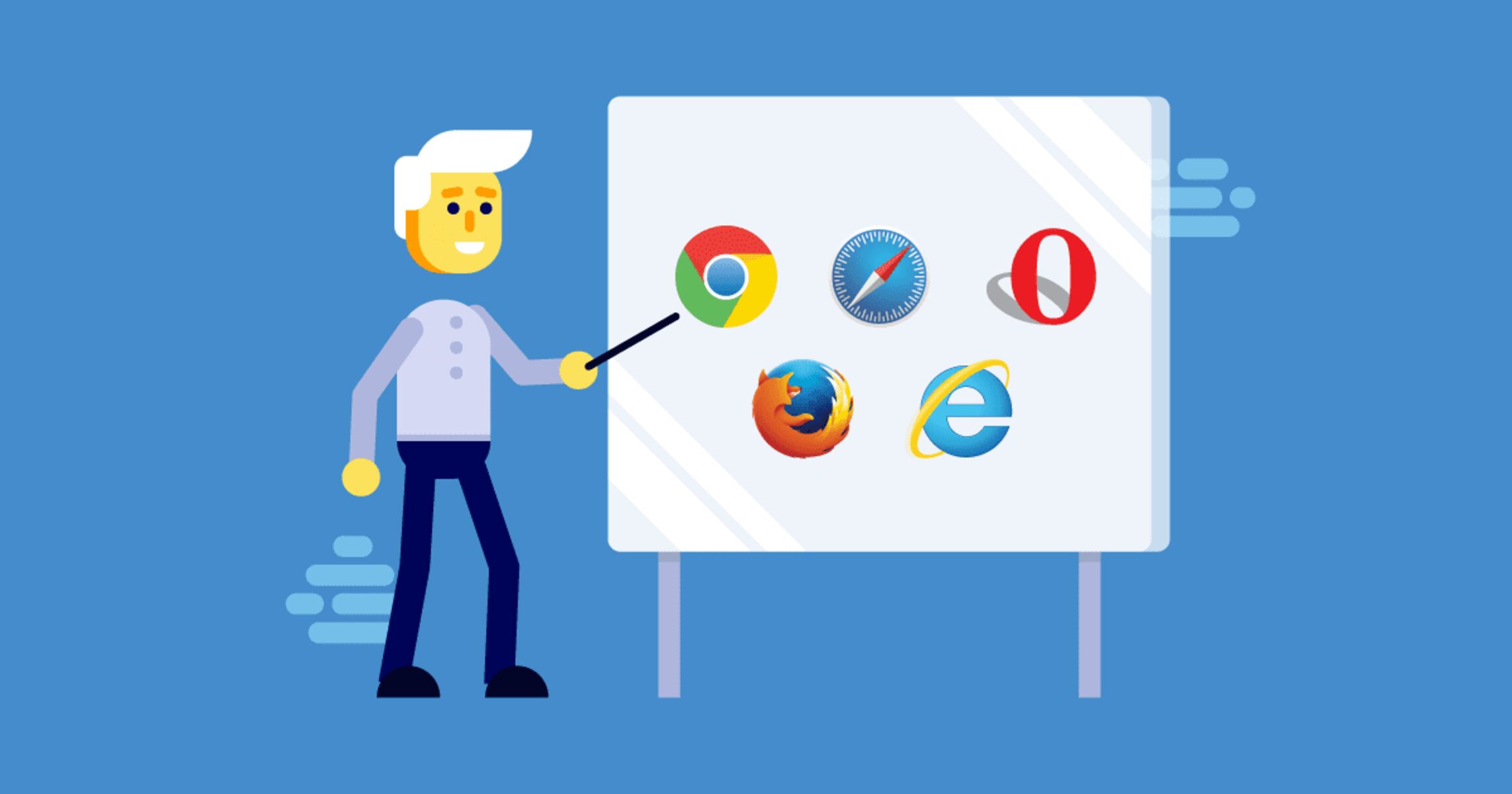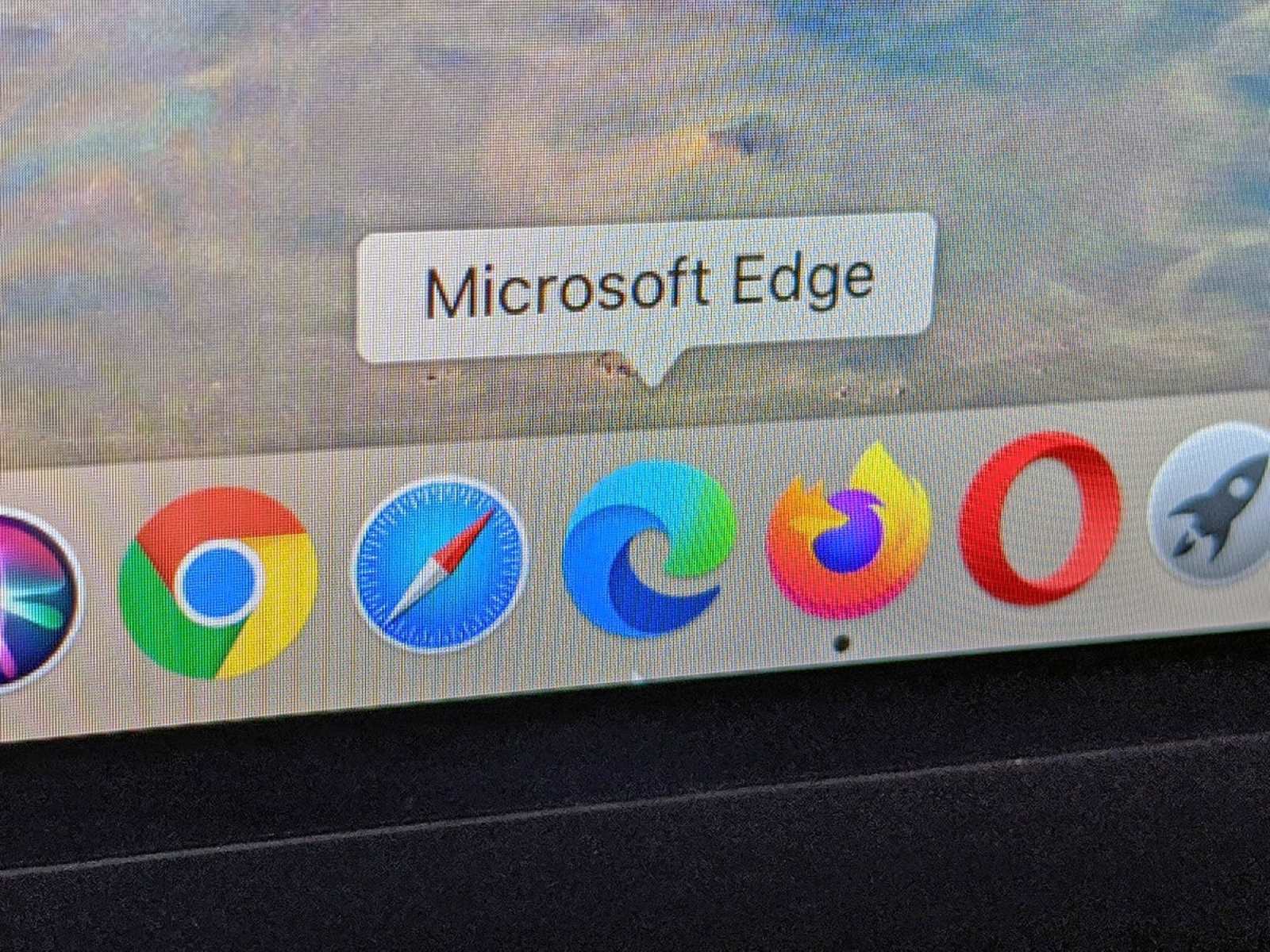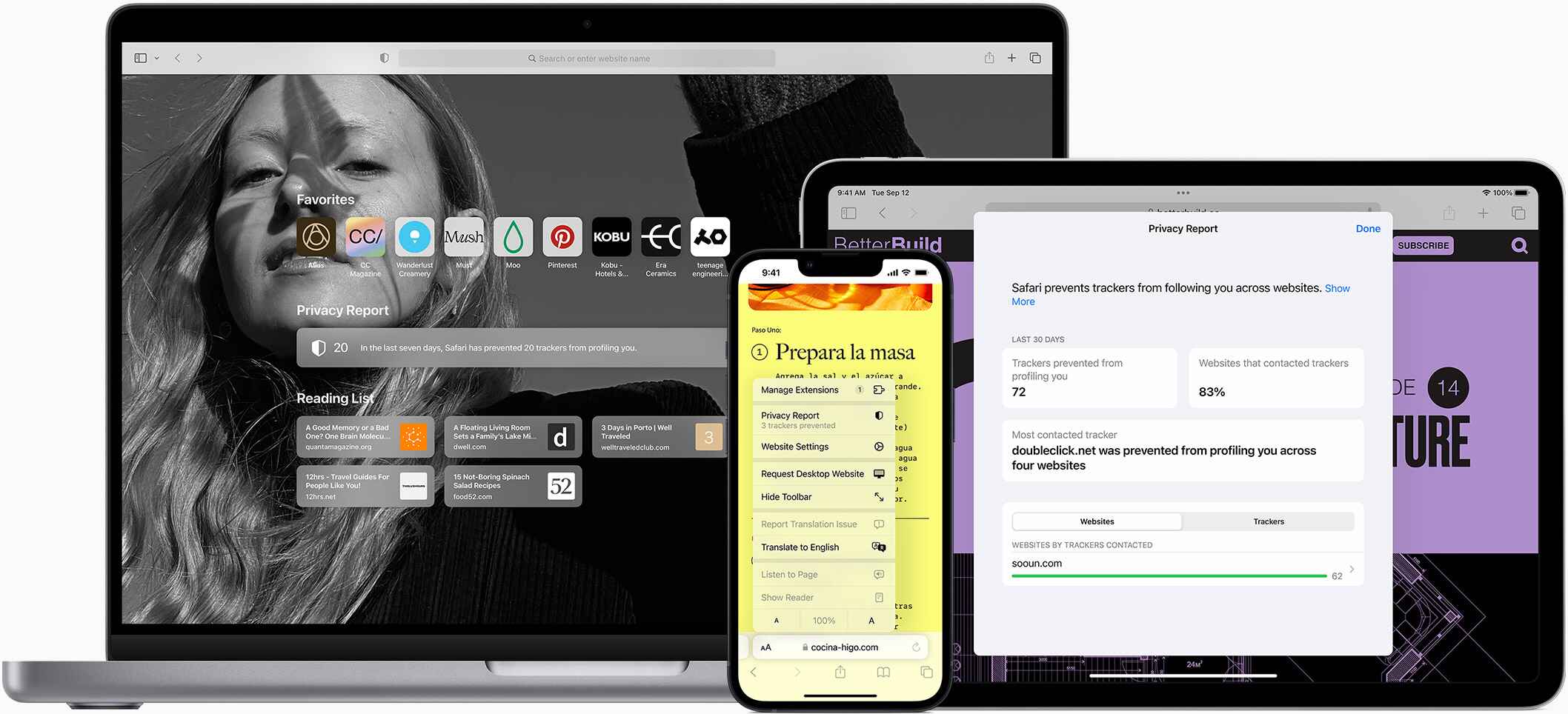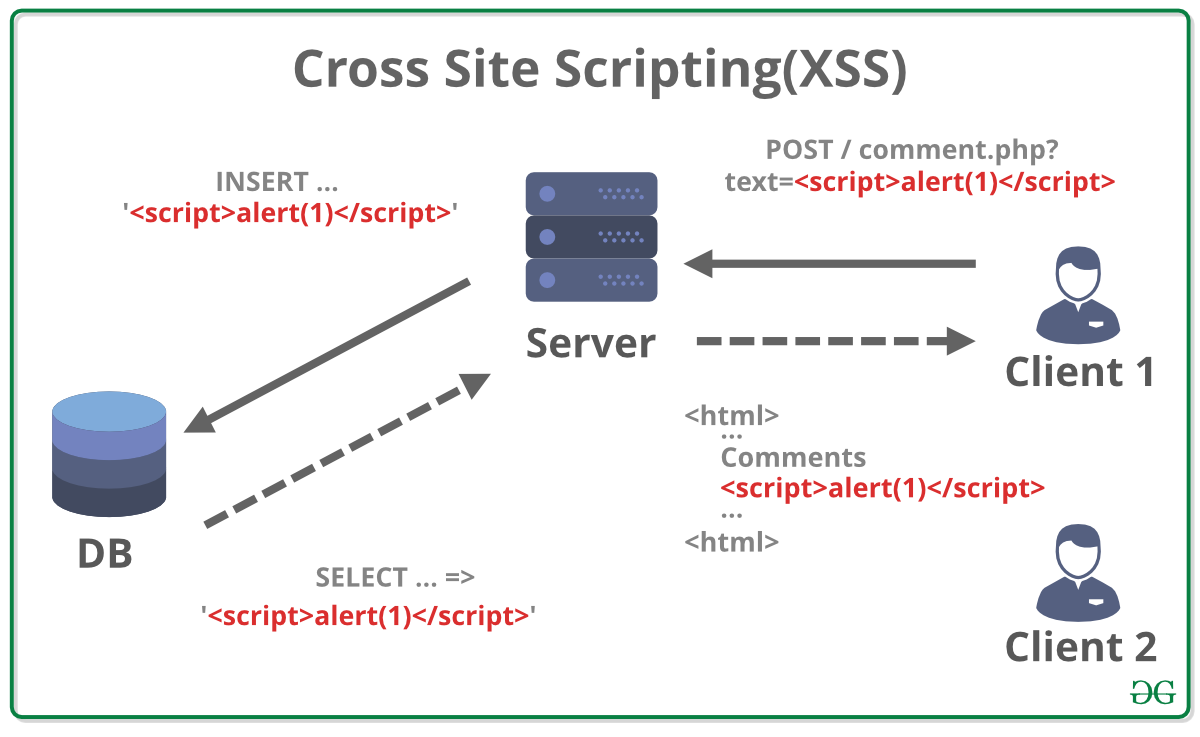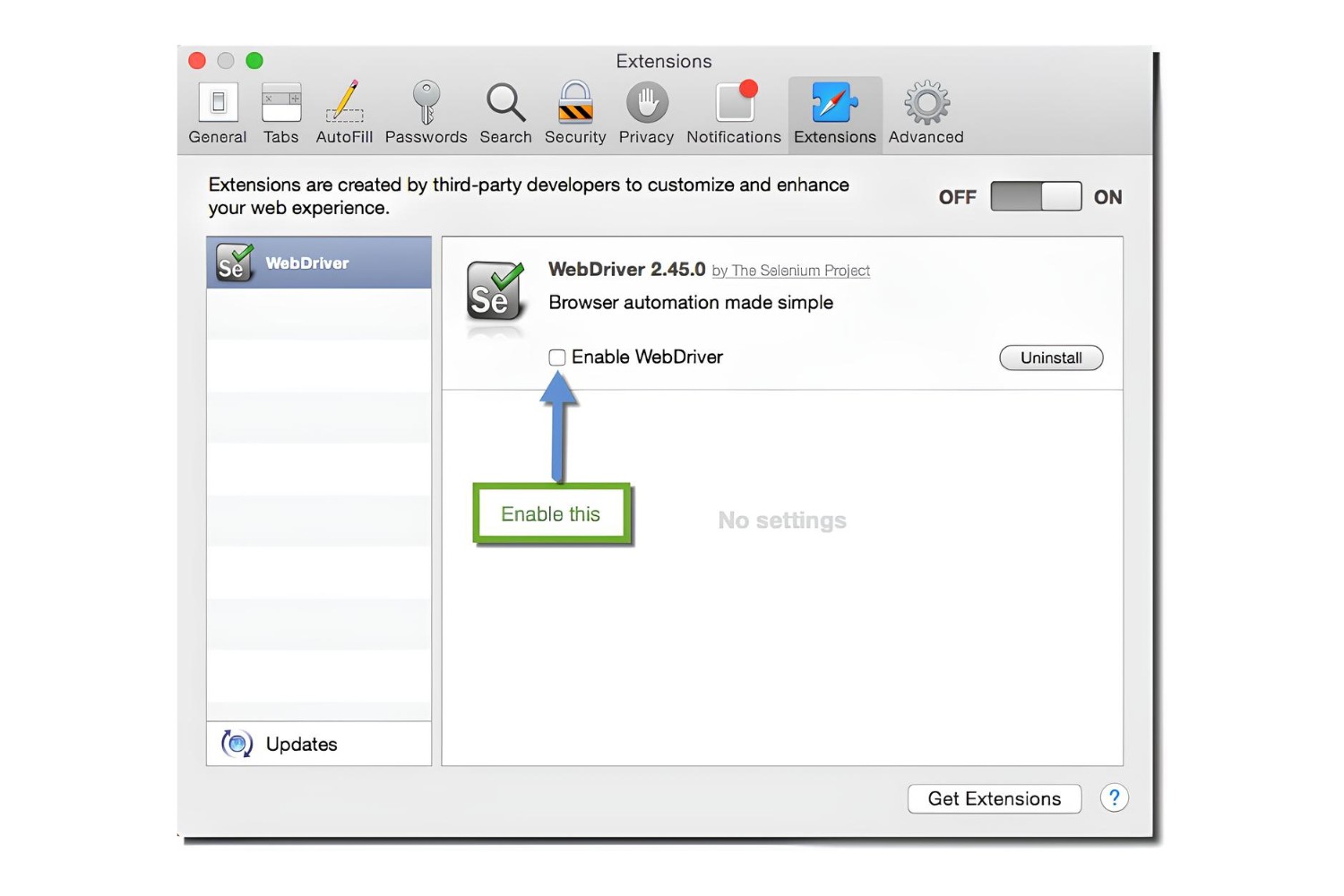Introduction
In today's digital age, web browsers play a pivotal role in our daily lives, serving as gateways to a vast array of online content and services. Whether it's shopping, research, entertainment, or communication, the internet has become an indispensable part of our existence. With the multitude of web browsers available, including Chrome, Firefox, Safari, Edge, and Opera, each offering unique features and functionalities, ensuring a seamless user experience across these platforms has become a critical concern for web developers and businesses.
Cross browser testing is the process of evaluating the compatibility of a website or web application across different web browsers and ensuring that it functions consistently and flawlessly on each platform. This practice has gained immense significance due to the diverse browsing habits of users and the ever-evolving landscape of web technologies. When a website is not optimized for various browsers, it can lead to a subpar user experience, resulting in decreased user engagement, higher bounce rates, and ultimately, a negative impact on the brand's reputation.
As the internet continues to evolve, the need for cross browser testing has become more pronounced. With the emergence of new web technologies, such as HTML5, CSS3, and JavaScript frameworks, the complexity of web development has increased, making it essential to validate the compatibility of web assets across multiple browsers. Moreover, the proliferation of mobile devices with varying screen sizes and resolutions has further compounded the challenges of cross browser testing, as websites need to be responsive and adaptive to deliver a consistent experience across diverse devices and platforms.
In essence, cross browser testing is a critical aspect of web development and quality assurance, ensuring that websites and web applications are accessible, functional, and visually appealing across a spectrum of web browsers and devices. By addressing compatibility issues proactively, businesses can enhance user satisfaction, improve conversion rates, and bolster their online presence. In the subsequent sections, we will delve deeper into the importance, challenges, strategies, tools, and best practices associated with cross browser testing, providing valuable insights for web developers and QA professionals.
Importance of Cross Browser Testing
Cross browser testing holds immense significance in the realm of web development and quality assurance. The following points underscore the pivotal role of cross browser testing in ensuring a seamless user experience and maximizing the reach and impact of websites and web applications:
-
User Experience Consistency: With the multitude of web browsers available, each with its own rendering engine and feature set, ensuring a consistent user experience across these platforms is paramount. Cross browser testing enables developers to identify and rectify compatibility issues, ensuring that users encounter a uniform and optimized interface regardless of the browser they use. This consistency fosters trust and confidence among users, enhancing their overall satisfaction and engagement with the website or application.
-
Market Accessibility: In today's diverse digital landscape, users access the internet through a wide array of devices and browsers, including desktops, laptops, smartphones, and tablets, using browsers such as Chrome, Firefox, Safari, Edge, and Opera. By conducting thorough cross browser testing, developers can ensure that their web assets are accessible and functional across these varied platforms, expanding their market reach and catering to a broader audience. This inclusivity is crucial for businesses seeking to maximize their online presence and engage with diverse user demographics.
-
Brand Reputation and Credibility: A website that functions seamlessly across different browsers reflects a commitment to quality and user-centric design. On the contrary, a site plagued by compatibility issues can tarnish a brand's reputation, leading to user frustration and a negative perception of the business. Cross browser testing plays a pivotal role in upholding a brand's credibility by mitigating the risk of technical glitches and ensuring a polished, professional image across all browsing environments.
-
SEO and Search Visibility: Search engines prioritize user experience and accessibility when ranking websites. Cross browser compatibility directly impacts user engagement metrics, such as bounce rates and time spent on site, which are influential factors in search engine algorithms. By conducting comprehensive cross browser testing, developers can optimize their websites for a diverse range of browsers, thereby enhancing user experience metrics and potentially improving search engine rankings.
-
Cost-Effectiveness: Identifying and addressing compatibility issues early in the development cycle through cross browser testing can significantly reduce the cost of fixing issues post-launch. By proactively ensuring cross browser compatibility, developers can minimize the risk of encountering critical issues in production, thereby saving time, resources, and potential revenue loss associated with post-release bug fixes and updates.
In essence, cross browser testing is a cornerstone of web development, playing a pivotal role in delivering a consistent, accessible, and user-friendly web experience. By prioritizing cross browser compatibility, businesses and developers can bolster their online presence, enhance user satisfaction, and fortify their brand reputation in the digital sphere.
Challenges in Cross Browser Testing
Cross browser testing, while essential for ensuring a seamless user experience, presents a myriad of challenges that web developers and quality assurance professionals must navigate. These challenges stem from the diverse nature of web browsers, the rapid evolution of web technologies, and the proliferation of devices with varying screen sizes and resolutions. Understanding and addressing these challenges is crucial for executing effective cross browser testing strategies. The following are some of the prominent challenges encountered in cross browser testing:
-
Browser Diversity: One of the primary challenges in cross browser testing is the sheer diversity of web browsers available in the market. Each browser, such as Chrome, Firefox, Safari, Edge, and Opera, utilizes its own rendering engine and interprets web standards differently. This diversity often leads to inconsistencies in the rendering of web pages, requiring developers to meticulously test and optimize their websites for each browser.
-
Version Compatibility: Web browsers undergo frequent updates, introducing new features, performance enhancements, and bug fixes. However, these updates can also introduce compatibility issues with existing web content. Ensuring compatibility across different browser versions adds complexity to cross browser testing, as developers must account for the nuances and discrepancies between various browser iterations.
-
Device Fragmentation: The proliferation of mobile devices with diverse screen sizes, resolutions, and operating systems has compounded the challenges of cross browser testing. Websites and web applications must be responsive and adaptive to deliver a consistent user experience across a spectrum of devices, including smartphones, tablets, and desktops, further complicating the testing process.
-
CSS and JavaScript Compatibility: Cascading Style Sheets (CSS) and JavaScript are integral components of modern web development, enabling the creation of visually appealing and interactive web experiences. However, ensuring consistent rendering and functionality of CSS styles and JavaScript code across different browsers remains a significant challenge in cross browser testing, as browsers may interpret these elements differently.
-
Testing Environment Setup: Creating an efficient and comprehensive testing environment that encompasses a wide range of browsers, versions, and devices can be resource-intensive and time-consuming. Establishing a robust testing infrastructure that accurately simulates real-world browsing scenarios is essential for conducting thorough cross browser testing.
-
Debugging and Issue Resolution: Identifying and resolving cross browser compatibility issues can be a complex and iterative process. Developers must possess a deep understanding of web standards, browser behaviors, and debugging tools to effectively diagnose and rectify compatibility issues that arise during testing.
Addressing these challenges requires a strategic approach, leveraging a combination of manual testing, automated testing, and the utilization of specialized tools and frameworks designed for cross browser testing. By acknowledging and proactively mitigating these challenges, developers can streamline the testing process and ensure the consistent performance of their web assets across diverse browsing environments.
Strategies for Cross Browser Testing
Implementing effective strategies for cross browser testing is essential for ensuring the compatibility and consistency of web assets across diverse browsing environments. By employing a strategic approach, developers and quality assurance professionals can streamline the testing process, identify compatibility issues, and optimize web experiences for a broad spectrum of users. The following strategies serve as foundational pillars for successful cross browser testing:
1. Browser Prioritization:
Prioritizing browsers based on user demographics and market share is crucial for efficient cross browser testing. By identifying the browsers most commonly used by the target audience, developers can allocate testing resources effectively, focusing on optimizing the user experience for the most prevalent platforms. This approach ensures that the majority of users encounter a seamless web experience, while also addressing compatibility for less common browsers in subsequent testing phases.
2. Responsive Design Testing:
Given the prevalence of mobile browsing, testing the responsiveness of websites and web applications across various devices and screen sizes is paramount. Leveraging emulators, simulators, and real devices, developers can assess the adaptability of web assets, ensuring that content is displayed optimally and interactions remain intuitive across different form factors. Responsive design testing is integral to delivering a consistent user experience across desktops, smartphones, and tablets.
3. Feature-Based Testing:
Conducting feature-based testing involves prioritizing critical website functionalities and assessing their performance across different browsers. By focusing on key features such as form submissions, media playback, interactive elements, and navigation, developers can pinpoint compatibility issues that directly impact user engagement and functionality. This targeted approach allows for thorough validation of essential website components, ensuring a cohesive user experience across browsers.
4. Automated Testing Suites:
Implementing automated testing suites, leveraging frameworks such as Selenium, Puppeteer, or TestCafe, can significantly expedite the cross browser testing process. Automated tests enable developers to execute repetitive test scenarios across multiple browsers efficiently, identify regressions, and validate the consistency of web assets. By integrating automated testing into the development pipeline, teams can achieve faster feedback loops and maintain cross browser compatibility with greater agility.
5. User-Agent Spoofing:
User-agent spoofing involves simulating different web browsers within the testing environment to assess how websites render and function under varied browser identities. By altering the user-agent string, developers can emulate the behavior of specific browsers, enabling comprehensive testing without the need for dedicated physical or virtual installations of each browser. User-agent spoofing provides valuable insights into browser-specific rendering discrepancies and aids in preemptive issue resolution.
6. Continuous Monitoring and Regression Testing:
Establishing a framework for continuous monitoring and regression testing is essential for maintaining cross browser compatibility over time. By periodically retesting web assets across a predefined set of browsers and versions, developers can detect and address compatibility regressions resulting from updates, code changes, or new feature implementations. Continuous monitoring ensures that websites remain optimized for evolving browser landscapes, mitigating the risk of compatibility issues surfacing post-deployment.
By embracing these strategic approaches to cross browser testing, web development teams can fortify the compatibility and performance of their web assets, delivering a cohesive and accessible user experience across diverse browsing environments. These strategies empower developers to proactively address compatibility challenges, enhance user satisfaction, and uphold the integrity of their digital presence.
Tools for Cross Browser Testing
Ensuring the compatibility and consistency of web assets across diverse browsers and devices necessitates the utilization of specialized tools designed for cross browser testing. These tools empower developers and quality assurance professionals to conduct comprehensive testing, identify compatibility issues, and validate the performance of web applications across varied browsing environments. From cloud-based platforms to open-source frameworks, a plethora of tools cater to the unique requirements of cross browser testing. Here are some prominent tools that streamline the cross browser testing process:
1. Selenium WebDriver:
Selenium WebDriver is a widely acclaimed open-source automation tool that enables the execution of browser tests across multiple platforms. With support for various programming languages, including Java, Python, and C#, Selenium WebDriver facilitates the creation of robust test scripts for validating web application functionality and compatibility across different browsers.
2. BrowserStack:
BrowserStack is a cloud-based cross browser testing platform that offers a comprehensive suite of real device and browser testing capabilities. By providing access to a vast array of browsers, including legacy versions, and a multitude of mobile devices, BrowserStack empowers teams to conduct parallel testing, debug issues, and ensure seamless compatibility across diverse browsing environments.
3. CrossBrowserTesting:
CrossBrowserTesting, acquired by SmartBear, is a versatile cloud testing platform that enables interactive testing of websites and web applications across a broad spectrum of browsers and devices. With features such as visual testing, automated screenshots, and live testing environments, CrossBrowserTesting facilitates meticulous validation of cross browser compatibility, aiding in the identification and resolution of rendering discrepancies.
4. LambdaTest:
LambdaTest is a cloud-based testing platform that offers a comprehensive array of browser and device combinations for cross browser testing. With features such as automated screenshot testing, responsive testing, and seamless integrations with popular development and collaboration tools, LambdaTest empowers teams to validate the responsiveness and functionality of web assets across diverse browsing environments.
5. TestCafe:
TestCafe is a modern open-source JavaScript testing framework that simplifies cross browser testing by providing seamless automation capabilities. With its intuitive API and built-in parallel testing support, TestCafe enables developers to create and execute cross browser tests effortlessly, ensuring consistent performance and functionality across various browsers and devices.
By leveraging these tools, development teams can streamline the cross browser testing process, identify compatibility issues, and optimize web assets for a diverse range of browsers and devices. These tools serve as indispensable assets in the pursuit of delivering a cohesive and accessible user experience across the ever-expanding landscape of web browsing platforms.
Best Practices for Cross Browser Testing
Effective cross browser testing is underpinned by a set of best practices that empower development teams to navigate the complexities of diverse browsing environments and ensure the seamless performance of web assets across various platforms. By adhering to these best practices, developers and quality assurance professionals can optimize the efficiency and efficacy of cross browser testing, ultimately delivering a consistent and accessible user experience. The following best practices encapsulate the foundational principles of successful cross browser testing:
1. Test Early and Continuously:
Initiating cross browser testing early in the development lifecycle is paramount. By validating compatibility and functionality across different browsers from the outset, development teams can identify and address potential issues proactively, minimizing the risk of encountering critical compatibility challenges later in the process. Furthermore, integrating continuous testing into the development pipeline enables teams to maintain cross browser compatibility over time, mitigating the impact of browser updates and code modifications.
2. Prioritize User-Centric Testing:
Centering cross browser testing efforts around user-centric scenarios and behaviors is essential for validating the real-world performance of web assets. By simulating user interactions, such as form submissions, media playback, and navigation, across diverse browsers and devices, development teams can ensure that the user experience remains intuitive and consistent, regardless of the browsing environment. Prioritizing user-centric testing facilitates the identification of compatibility issues that directly impact user engagement and satisfaction.
3. Leverage Automated Testing Where Applicable:
Embracing automated testing frameworks and tools can significantly expedite the cross browser testing process, enabling the efficient execution of repetitive test scenarios across multiple browsers. Automated tests not only enhance testing coverage but also facilitate faster feedback loops, empowering development teams to detect and address compatibility issues with agility. However, it is crucial to complement automated testing with manual validation to capture nuanced rendering discrepancies and edge cases.
4. Emulate Real-World Scenarios:
Simulating real-world browsing scenarios by leveraging user-agent spoofing, network throttling, and device emulation is instrumental in uncovering browser-specific compatibility issues. By replicating the diverse conditions under which users access web content, such as varying network speeds and device capabilities, development teams can validate the resilience and adaptability of web assets, ensuring a consistent user experience across a spectrum of browsing environments.
5. Establish Clear Testing Criteria:
Defining clear testing criteria, encompassing browser versions, devices, and feature sets, is essential for conducting thorough and targeted cross browser testing. By outlining specific test scenarios and compatibility benchmarks, development teams can systematically validate the performance of web assets across diverse browsing environments, enabling comprehensive issue identification and resolution.
By embracing these best practices, development teams can fortify the compatibility and performance of their web assets, delivering a cohesive and accessible user experience across diverse browsing environments. These best practices empower developers to proactively address compatibility challenges, enhance user satisfaction, and uphold the integrity of their digital presence.
Conclusion
In conclusion, cross browser testing stands as a critical linchpin in the realm of web development, playing a pivotal role in ensuring the compatibility, consistency, and accessibility of web assets across diverse browsing environments. As the digital landscape continues to evolve, characterized by a myriad of web browsers, devices, and user behaviors, the need for meticulous cross browser testing has become more pronounced than ever.
By prioritizing cross browser testing, development teams and businesses can fortify their online presence, enhance user satisfaction, and uphold the integrity of their brand in the digital sphere. The importance of delivering a seamless user experience across varied browsers and devices cannot be overstated, as it directly influences user engagement, brand credibility, and search visibility.
The challenges inherent in cross browser testing, ranging from browser diversity and version compatibility to device fragmentation and CSS/JavaScript discrepancies, underscore the complexity of ensuring consistent performance across diverse browsing environments. However, by embracing strategic testing approaches, leveraging specialized tools, and adhering to best practices, development teams can navigate these challenges effectively, mitigating compatibility issues and delivering a cohesive user experience.
The utilization of advanced cross browser testing tools, such as Selenium WebDriver, BrowserStack, CrossBrowserTesting, LambdaTest, and TestCafe, empowers development teams to streamline the testing process, identify compatibility issues, and optimize web assets for a diverse range of browsers and devices. These tools serve as indispensable assets in the pursuit of delivering a cohesive and accessible user experience across the ever-expanding landscape of web browsing platforms.
Embracing best practices, such as early and continuous testing, user-centric validation, and the integration of automated testing, enables development teams to proactively address compatibility challenges, enhance user satisfaction, and uphold the integrity of their digital presence. By adhering to these best practices, development teams can fortify the compatibility and performance of their web assets, delivering a consistent and accessible user experience across diverse browsing environments.
In essence, cross browser testing is not merely a technical necessity; it is a strategic imperative that underpins the success and sustainability of web assets in an increasingly diverse and dynamic digital ecosystem. By embracing the principles of cross browser testing, development teams can navigate the complexities of diverse browsing environments, optimize user experiences, and position their brands for sustained success in the digital sphere.







